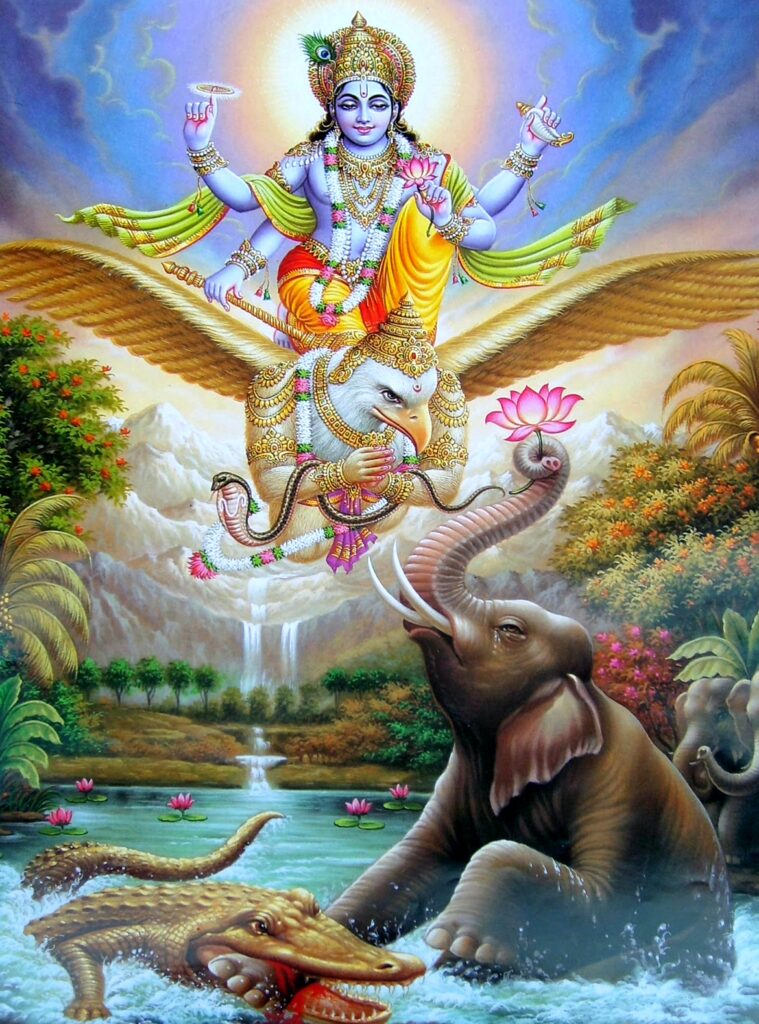Moksha is a Hindi word which is used for liberation, enlightment, emancipation and freedom from the cycle of rebirth and death.

Namaste!
Welcome to the world of divine readings at www.onindianpath.com. I am writing this blog on Moksha, the most hyped topic of Hinduism. I am sure this blog will be an informative and engaging experience for all my readers.
Introduction
Moksha is a concept represents liberation from the cycle of birth, death and rebirth (samsara). Hindus also call it vimukti, vimoksha and mukti.
Particularly in Hinduism, it is the ultimate goal of every human being to attain moksha while following the others three aims of life:
1.Dharma (virtuous and moral life),
2.Karma (deeds and actions as per Dharma),
3. Artha (material prosperity that I will discuss in upcoming blogs).
Hindu scriptures suggests that these four concepts are called Purushartha in Hinduism. In addition to the Purushartha, one must also remain in the four stages of life as told in Hindu Mythology.
Moreover, moksha is a state where the soul (atman) merges with the universal soul (Brahman). In Buddhism, it’s the state of enlightenment (Nirvana) and freedom from sufferings.
Apparently other religions like Jainism and Bhuddism also believe in Moksha. While in Jainism, it’s the liberation from the cycle of karma and rebirth. And in Buddhism it is called Nirvana means an end of sufferings which leads to enlightenment.
Why Moksha is called State of Perfection?
Indeed humans always run after the pursuit of happiness. And, as per Upanishads and Vedangas, a human can achieve happiness only after getting out of the circle of samsara (life and rebirth). Thus, to get the perfect happiness is through self-realisation, self assessment and liberation.
Only way to get rid of sorrows and miseries of life is to attain moksha. Although other religions consider only humans as carries of souls. While only Hinduism believe in all the beings whether humans, animal or insects, and other living beings having soul.
Hindu culture tells us that there are 84 lakhs yoni of all the living beings on the Earth. A soul has to pass on from births in all the 84 lakhs yonis to be born as human. Still we are unhappy and full of sorrows and miseries.
Precisely, Bhagwad Geeta suggests us that a soul is immortal, can not be burned, killed or wounded. A soul travels from one body to another body as a result of accumulation of karma. Just like after bath, we change into new clothes from old and dirty clothes, a soul also changes body.
Infact, to end up this transition of body and soul, one must achieve the state of perfection. The perfect state is Moksha. Mukt (free) from the vicious cycle of life and death.
How to attain Moksha?
Further many school of thoughts of Indian philosophy describes living as consisting of the material world and spiritual world in tension. They consider the truth that human souls are entangled with material matter, and to achieve liberation humans must be able to free from it.
Apparently, a person must understand that to attain moksha, the individual has to let go of everything that ties them down to the material earthly realm. The individual has to separate himself from the human feelings of fear, anger, frustration, etc. This sets the path to achieve salvation from the constant process of taking births and rebirths.
Certainly, a human should know how to separate our spirit (purusha) from the material realm (prakrti). Yamas and Niyamas of Hinduism teache one to control one’s thoughts and mental fluctuations so that one can discriminate between the true self (Purusha) and matter (prakrti).
Marg to Moksha
There are many ways to attain moksha
Gyana Marg (way of seeking knowledge)
Bhakti Marg (way of devotion to divine)
Karma Marg (way through deeds and actions)
Eventually samadhi, is the last marg to attain absorption into the divine. At this stage, person is unaware of any sense of individuality or self, deeply into meditative contemplation.
Do you know, here we need Guru to achieve the blissful state of deep meditation? When the state of samadhi is attained, all karmic forces are halted, and the soul (purusha) is left alone, free of prakirti (materialised world).
At the end, there is a person who has attained liberation then continue with their life and assist others in achieving spiritual goals.
Thus an enlightened frame of mind is real self realization and assessment of his/her true identity.
What are the levels of Moksha?
As per sages and scholars, we divide Moksha at two levels
*
- Jivanmukti
- Videhamukti.
According to Vedas, a person in called Jivanmukta, as he has gained a higher understanding of his own being and the realm surrounding him during his life time.
Thus, a person can achieve moksha in the current life while being alive. JIVANMUKTI is detaching oneself from the negativities that surround him and achieving complete knowledge about the human soul and the samsara (realm of existence).
This person is called Atma Jnani or gyani, one who is aware of his own self. And later he becomes Brahma Jnani, one who has understood the meaning of the universe.
Subsequently, let’s understand what is Videhamukti? VIDEHAMUKTI is experienced only after death means salvation after death. In simple words, the soul experiences infinite bliss, power and knowledge after death.
Meanwhile a Jivanmukta can experiences the same while being alive and after death also to be Videhamukta.
Hence, now we know how the soul gets freedom from the eternal cycle of life and rebirth by attaining moksha.
Conclusion
Thus, the soul can be finally free of the human shackles of suffering and attain eternal joy, bliss and spiritual awakened state. So you would be surprised to know that there are many jivanmukta person in Himalayas and higher mountain ranges who have the privilege of experiencing moksha during their life. Have a blessed day ahead.









1 thought on “Unlocking the Secrets of Moksha: The Journey to Spiritual Freedom”